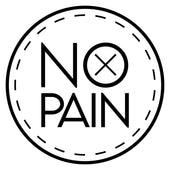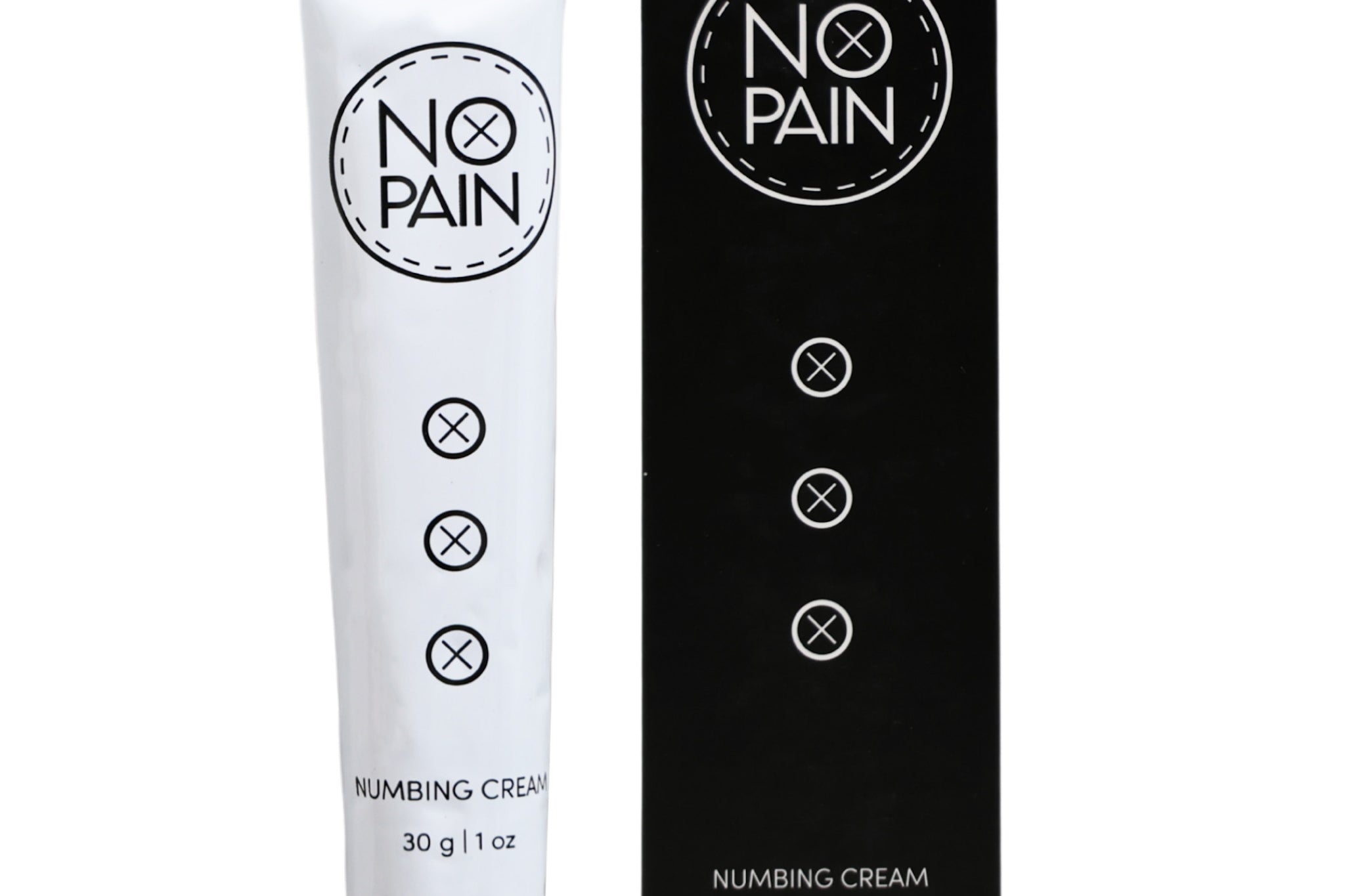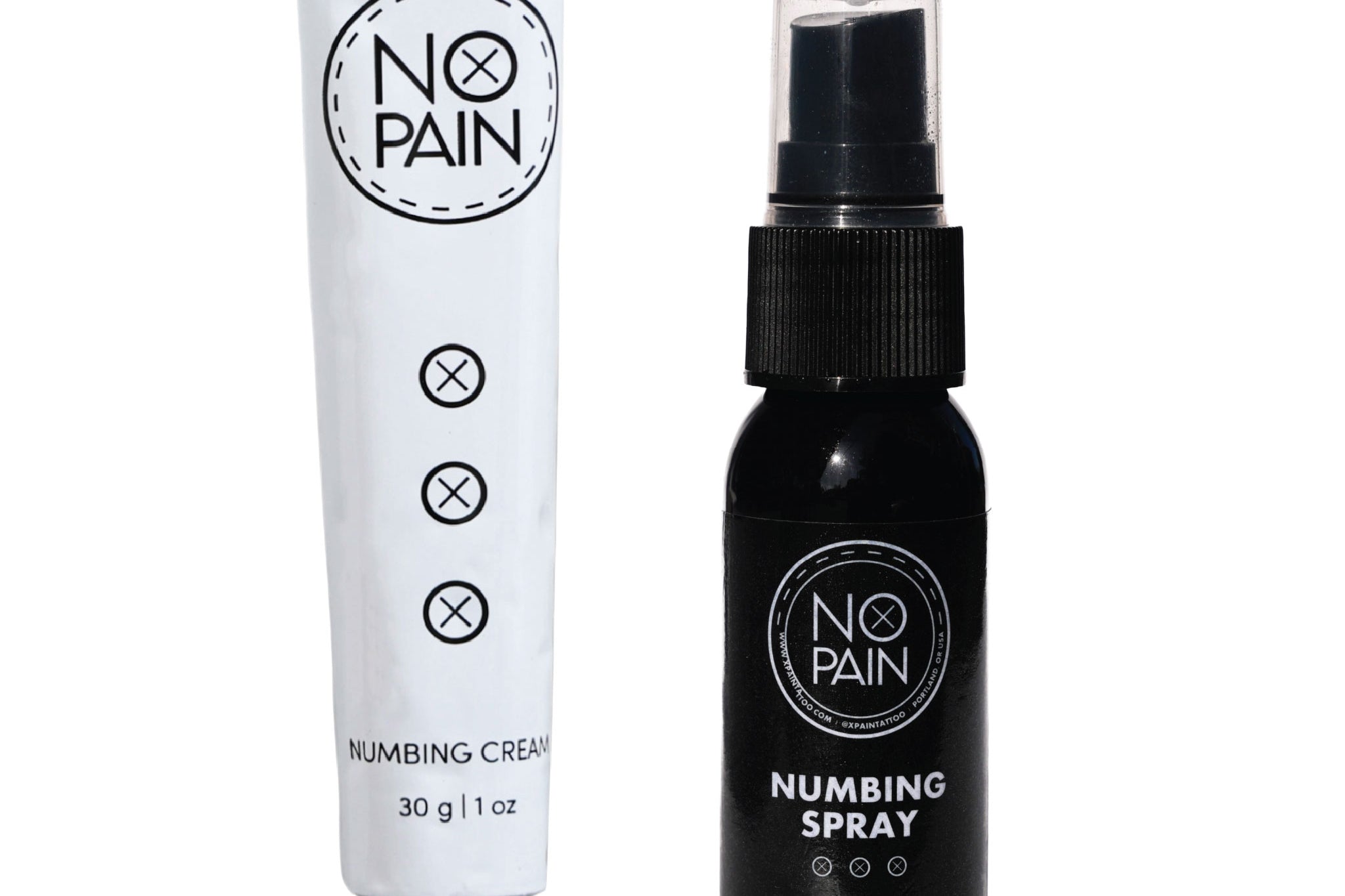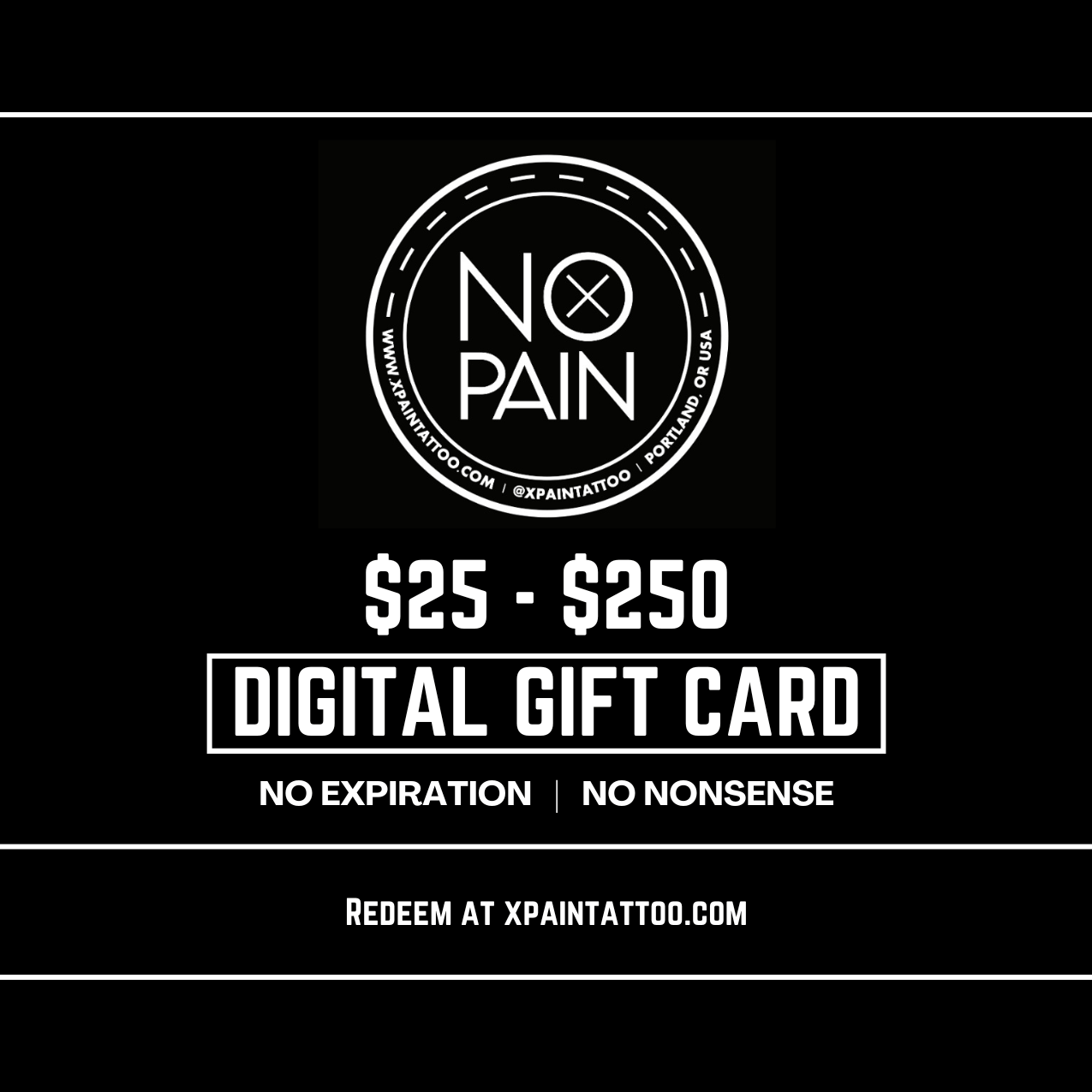The promise of a pain-free tattoo is incredibly appealing. For many, the only thing holding them back from their dream tattoo is the fear of the needle. Tattoo numbing cream seems like the perfect solution, but a skeptical voice often creeps in, fueled by old-school myths and online forums.
Does it come with a catch? Will using a numbing cream mess up the final result? Does it affect the ink? Does it ruin the healing process?
Let's set the record straight: When you use a high-quality, modern, water-based numbing cream correctly, the answer is NO. It does not negatively affect the ink, the artist's process, or the way your tattoo heals.
This is your guide to understanding the science behind why it's safe and the difference between a professional-grade product and the cheap alternatives that gave numbing creams a bad reputation.
How Numbing Cream Interacts with Your Skin (Not Your Ink)
The science is simple. Topical anesthetics, like the active ingredient in our cream, work by temporarily blocking the nerve endings in your skin from sending pain signals to your brain.
Crucially, this process happens in the layers of your skin where the nerves reside. It has no chemical interaction with tattoo pigment. The ink and the anesthetic are on two different missions inside your skin; they don't interfere with each other. The ink is a large pigment particle that gets locked into your dermis, while the numbing agent is simply preventing nerves from firing.
Think of it like getting dental work. The novocaine numbs your jaw so you don't feel the pain of the drill, but it doesn't change the color or composition of the filling the dentist puts in your tooth.
The Myth of "Rubbery" Skin
One of the biggest historical concerns from tattoo artists was that numbing cream would change the texture of the skin, making it puffy, swollen, or "rubbery" and difficult to tattoo.
This reputation comes from older, low-quality, oil-based creams that were greasy and didn't absorb properly. They would leave a slick, difficult-to-work-with surface that artists understandably hated.
This is why the formula of your numbing cream matters so much. Our No Pain Tattoo Numbing Cream is a modern, water-based formula. This means it's designed to be absorbed cleanly and completely by the skin. After the 90-minute absorption period, your artist thoroughly cleans the area (usually with an alcohol swab), removing every trace of the cream from the surface. What’s left behind is numb skin with a completely normal, workable texture.
Does Numbing Cream Affect the Healing Process?
No, it does not negatively impact healing. In fact, a good numbing cream can contribute to a better and smoother heal.
Here’s why: When you're not in constant pain, you don't flinch, twitch, or squirm in the chair. This allows your artist to work more efficiently and gently, with a more stable canvas. A less traumatic tattoo session means less initial swelling and inflammation for your skin to deal with. This can lead to an easier start to the healing process.
The numbing effect wears off a few hours after the tattoo is finished. From that point on, the healing process is absolutely identical to that of a non-numbed tattoo. Your body's natural repair mechanisms take over, and your aftercare routine—keeping it clean and moisturized—becomes the most important factor. A great routine using our No Pain Tattoo Aftercare Bundle is what truly dictates the final quality of your heal.
The Golden Rule: Quality and Correct Application
The key to a safe and effective experience is using a high-quality, reputable product and applying it correctly. Cheap, unregulated creams from online marketplaces can contain unknown ingredients and are not worth the risk. Always follow the instructions—apply a thick layer, wrap it tightly for 60-90 minutes, and ensure your artist cleans it off completely.
The Verdict: So, does a high-quality numbing cream affect your ink or your healing? The answer is a clear no. It simply and safely prevents your nerves from firing the pain signal.
It doesn’t just make the experience more pleasant for you; it creates a better working environment for your artist, which is reflected in the quality of the final piece. Don't let outdated myths or the fear of pain stand between you and the tattoo you've always wanted. It's time to embrace a more comfortable way to get tattooed.




